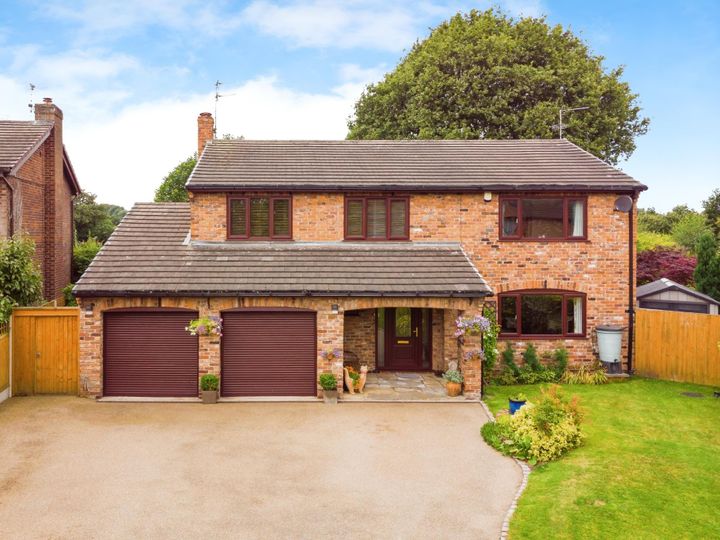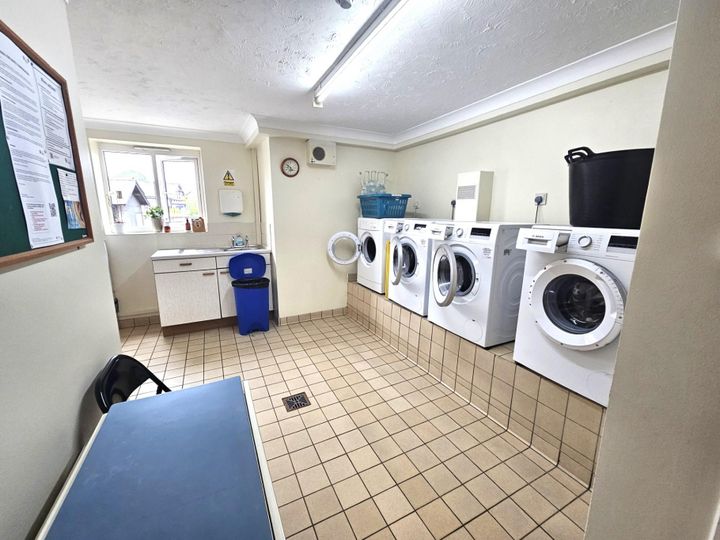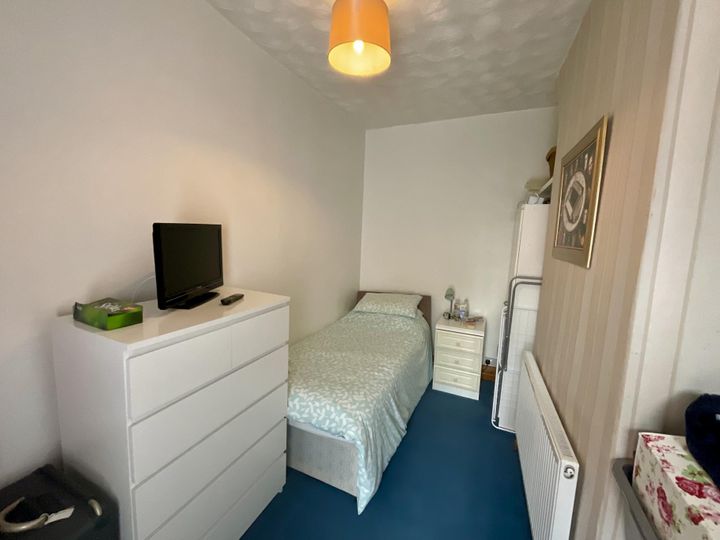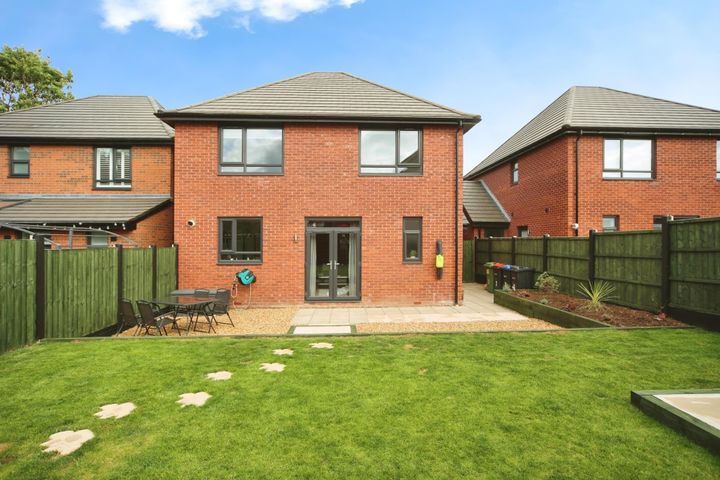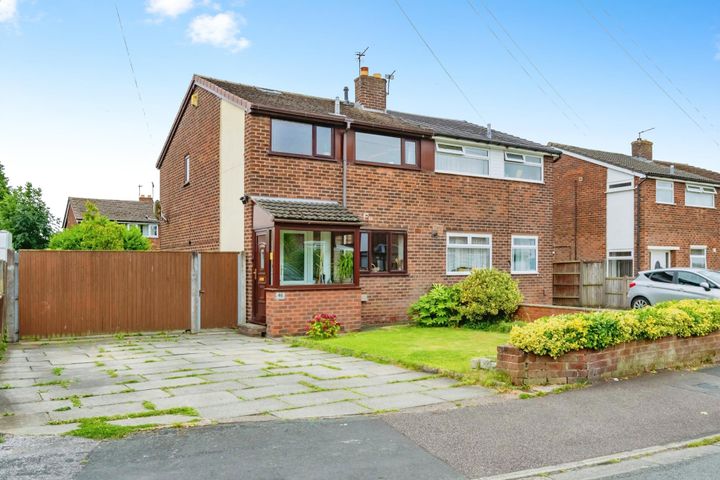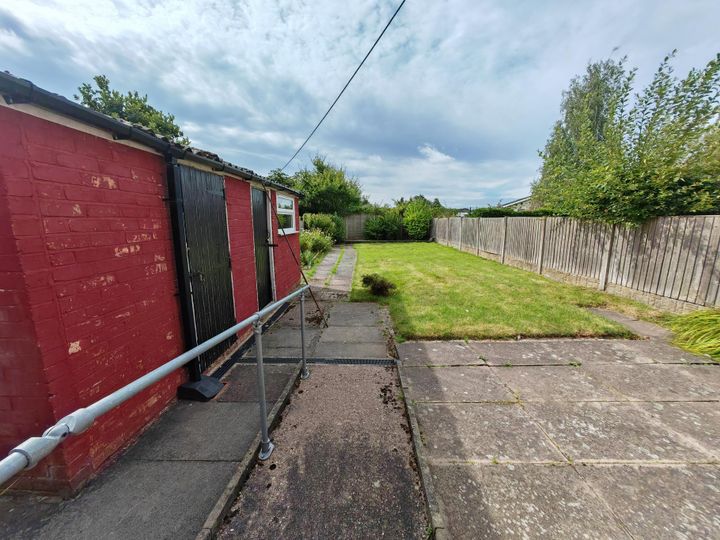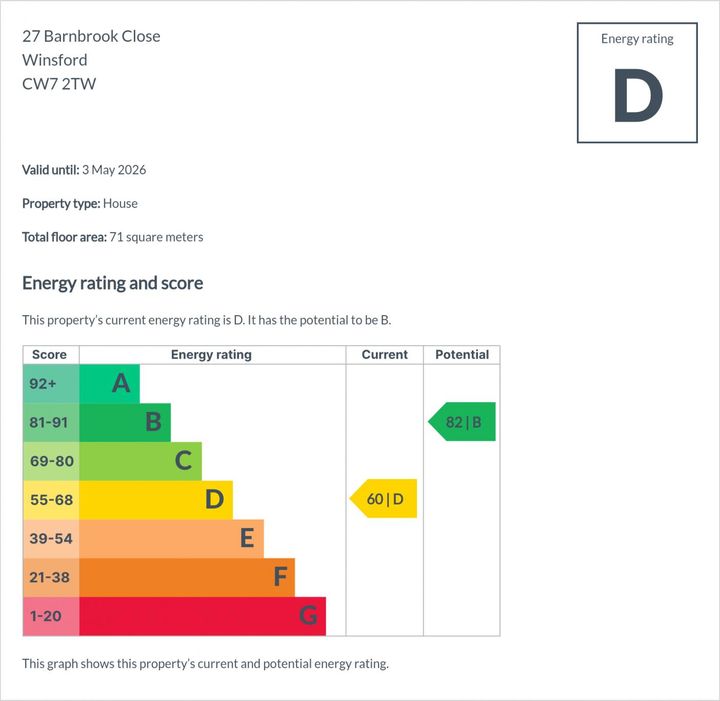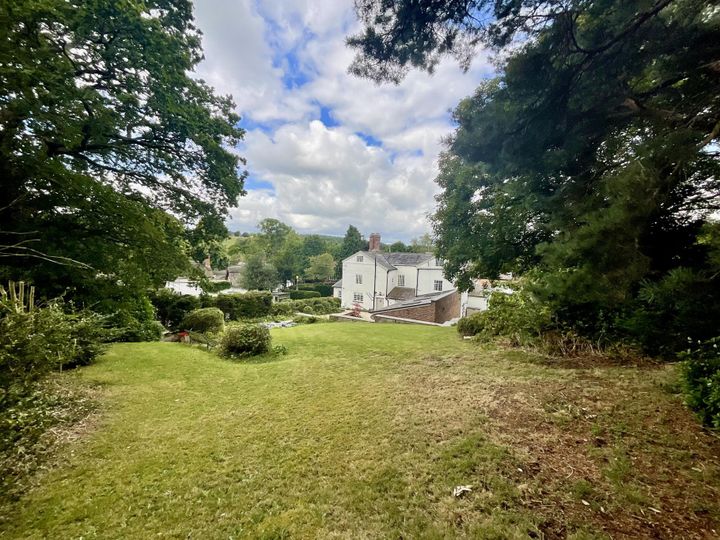Several factors influence real estate prices in Cheshire, including location, local amenities, and the overall economic climate. Areas like Chester, with its rich history and well-preserved architecture, tend to command higher prices due to their desirability and tourist appeal. Proximity to major transport links, such as the M56 motorway and railway stations, also adds value, facilitating easy commutes to larger cities like Manchester and Liverpool. Additionally, the quality of local schools plays a significant role; families are often willing to pay a premium for homes in catchment areas of high-rated educational institutions. The availability of green spaces and recreational facilities, such as parks and sports clubs, further enhances a neighborhood’s attractiveness. Market conditions, including supply and demand dynamics, also shape prices; during periods of high demand and low inventory, such as in the aftermath of the pandemic, property values in desirable areas can rise sharply.
Cheshire
Location
Price Range
Any price
Price Range
Minimum
No min
Maximum
No max
Property type
Show all
Property type
Show all
House
Apartment
Building
Other
Bedrooms
Any beds
Bedrooms
Minimum
No min
Maximum
No max
Surface Range
Any surface
Surface Range
Minimum
No min
Maximum
No max
Sale type
For sale
Sale type
Show all
To rent
For sale
Location
Apartments and houses for sale in Cheshire
130 results
Recent
Cheshire insights
| Aspect | Summary |
|---|---|
| Population | 380,000 |
| Average Property Price | £300,000 |
| Rental Yield | 4.5% |
| Average Rent | £1,200 per month |
| Occupancy Rate | 92% |
| Capital Growth Rate | 3.2% per annum |
| Property Tax | 1.2% of property value |
| Transaction Costs | 3% of property price |
| Expected ROI | 5.5% |
| Economic Growth Impact | Moderate to positive due to infrastructure development |
Cheshire FAQ
What factors influence real estate prices in Cheshire?
How have property prices changed in Cheshire over the past year?
Over the past year, property prices in Cheshire have seen a notable increase, reflecting broader trends in the UK housing market. According to recent data, the average house price in Cheshire rose by approximately 7% compared to the previous year, with areas such as Chester and Congleton experiencing even higher growth rates. For instance, three-bedroom family homes in Chester have been selling for around £300,000, up from £280,000 last year. Similarly, the market in smaller towns like Crewe is also thriving, with average prices increasing from £180,000 to £195,000. This upward trend has been driven by a combination of factors, including low mortgage rates, an influx of buyers seeking more space as remote work becomes more common, and a booming rental market fueled by demand from young professionals.
What is the average home price in Cheshire?
The average home price in Cheshire varies significantly depending on the area and type of property. As of late 2023, the overall average price for a home in Cheshire hovers around £300,000. In popular market towns like Chester, prices can be higher, with the average home costing approximately £400,000, influenced by its historical significance and amenities. Meanwhile, areas such as Ellesmere Port and Crewe tend to be more affordable, with average home prices around £200,000. Additionally, rural properties in picturesque villages may command higher prices due to their desirable locations, often exceeding £500,000 for larger country homes. Detached houses generally fetch a premium, with averages around £450,000, while terraced homes might be closer to £250,000, reflecting the diversity of the housing market in Cheshire.
Are real estate prices in Cheshire expected to rise or fall in the near future?
Real estate prices in Cheshire are influenced by several factors, including economic conditions, interest rates, and local demand. The region has seen a varied landscape in property values with some areas, such as Chester and Knutsford, maintaining high demand due to their historical significance and strong transport links to major cities like Manchester and Liverpool. Recent reports suggest that the increase in remote working may lead to a trend where more buyers are seeking properties in suburban or rural areas, potentially driving prices up in attractive villages like Tarporley and Alderley Edge. However, concerns over rising interest rates could dampen buyer enthusiasm and lead to a stabilization or even a decrease in prices in some parts. Additionally, the ongoing cost-of-living crisis may affect buyer affordability across Cheshire, particularly among first-time buyers, which could impact overall market activity.
How do school districts affect real estate prices in Cheshire?
School districts in Cheshire play a significant role in shaping real estate prices, as families often prioritize proximity to high-quality educational institutions when choosing a home. Properties that fall within top-rated school districts typically command higher prices because they are perceived to offer better educational opportunities, which can be particularly appealing to parents. For example, areas served by the Cheshire Academy or the local public schools that have strong academic performance often see elevated home values compared to neighborhoods with lower-rated schools. Additionally, the demand for homes near these districts can lead to quicker sales and increased competition among buyers, further driving up prices. In contrast, homes located in districts with underperforming schools may struggle to attract buyers, typically resulting in lower prices and longer time on the market. Furthermore, school district boundaries can significantly influence not just the value of existing homes, but also the development of new residential projects, as developers often aim to build in areas with highly regarded schools to appeal to families.
What impact do nearby amenities have on property prices in Cheshire?
Nearby amenities significantly affect property prices in Cheshire, with proximity to schools, parks, shops, and public transport playing a crucial role in attracting buyers. For instance, homes located near well-regarded schools, such as The Kings School in Chester, often command higher prices due to the desirability of education options. Similarly, properties near vibrant shopping areas like the Grosvenor Shopping Centre in Chester tend to have elevated values, as convenience creates a strong incentive for families and young professionals. Public transport accessibility, such as proximity to train stations like Chester Railway Station, also adds to a property's appeal, allowing for easy commuting to major cities, which can drive prices higher. Additionally, green spaces like Delamere Forest not only enhance the quality of life but can also boost the local property market, with buyers willing to pay a premium for access to recreational areas.
How does the local economy influence real estate prices in Cheshire?
The local economy in Cheshire significantly influences real estate prices through various interconnected factors such as employment rates, infrastructure, and regional industries. For instance, Cheshire's proximity to major cities like Manchester and Liverpool has led to increased commuter demand for housing, particularly in towns like Chester and Wilmslow, where properties often command higher prices due to accessibility. The presence of high-profile companies in areas such as Capenhurst and the pharmaceutical industry in the region contributes to stable employment opportunities, further bolstering demand for residential properties. Additionally, ongoing investments in infrastructure, such as improvements to the A55 and the expansion of rail services, enhance the appeal of Cheshire as a desirable place to live, thereby pushing up property values. Furthermore, the region's affluent demographic, underpinned by a thriving local economy, fosters a competitive real estate market, particularly in desirable neighborhoods, which experience price appreciation relative to less economically vibrant areas.





